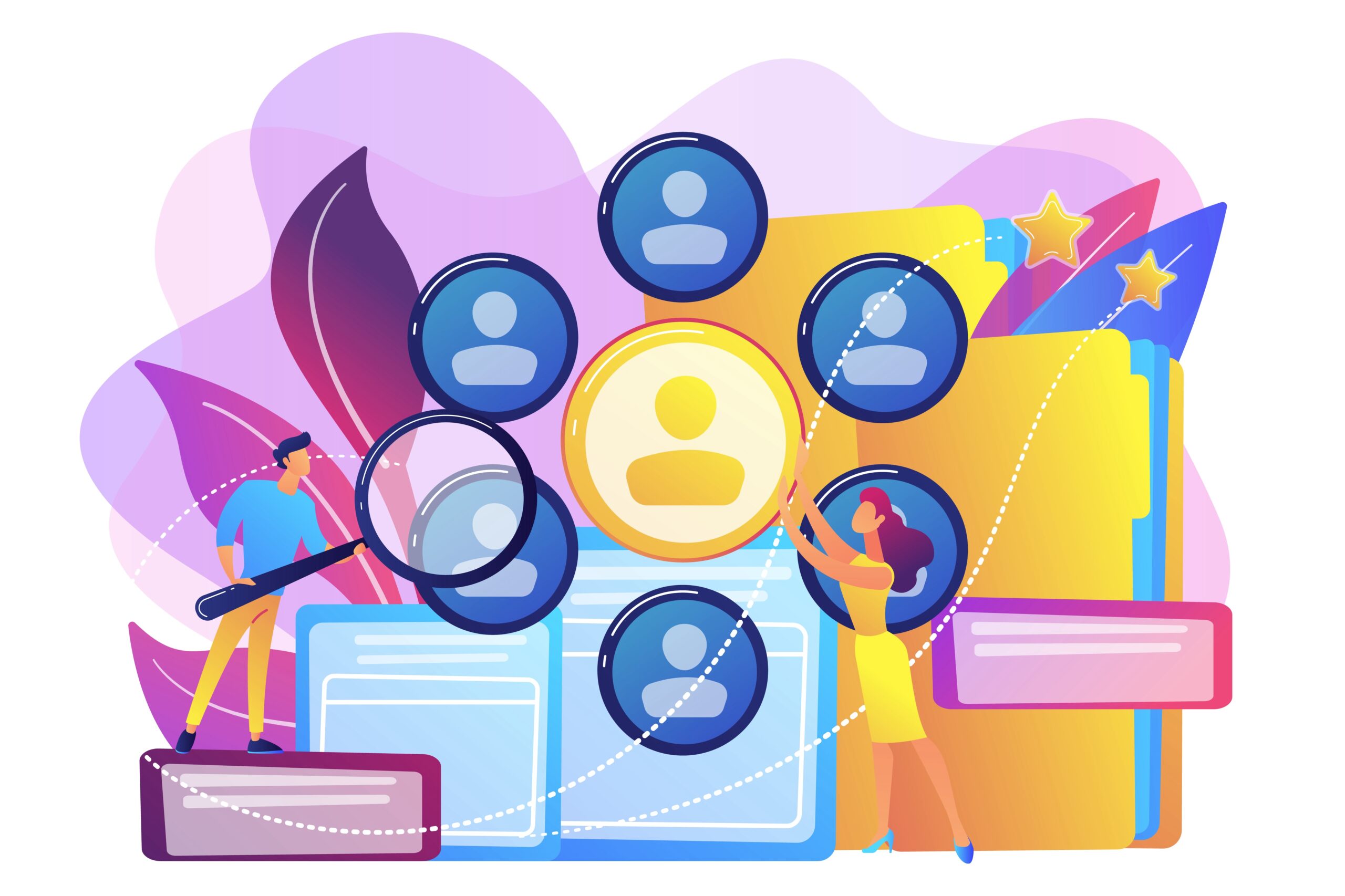


For a company that wants to effectively manage its operations, anticipation is key. First, it allows the identification of strengths and weaknesses within different employee groups using predefined performance indicators. Next, it supports the deployment of an ambitious workforce planning strategy by anticipating predictable departures, such as the number of retirements expected in a year or maternity leave requests. By combining internal company data with industry statistics, the organization can best position itself in its competitive landscape.
While these technologies are very useful for improving HR performance and saving time, their value lies in their contribution to strategic decisions. With the advent of the latest digital technologies, truly useful predictive HR has emerged. By selecting the most relevant data and maintaining control over decision-making, they can add real value to a company’s HR strategy and employee experience.